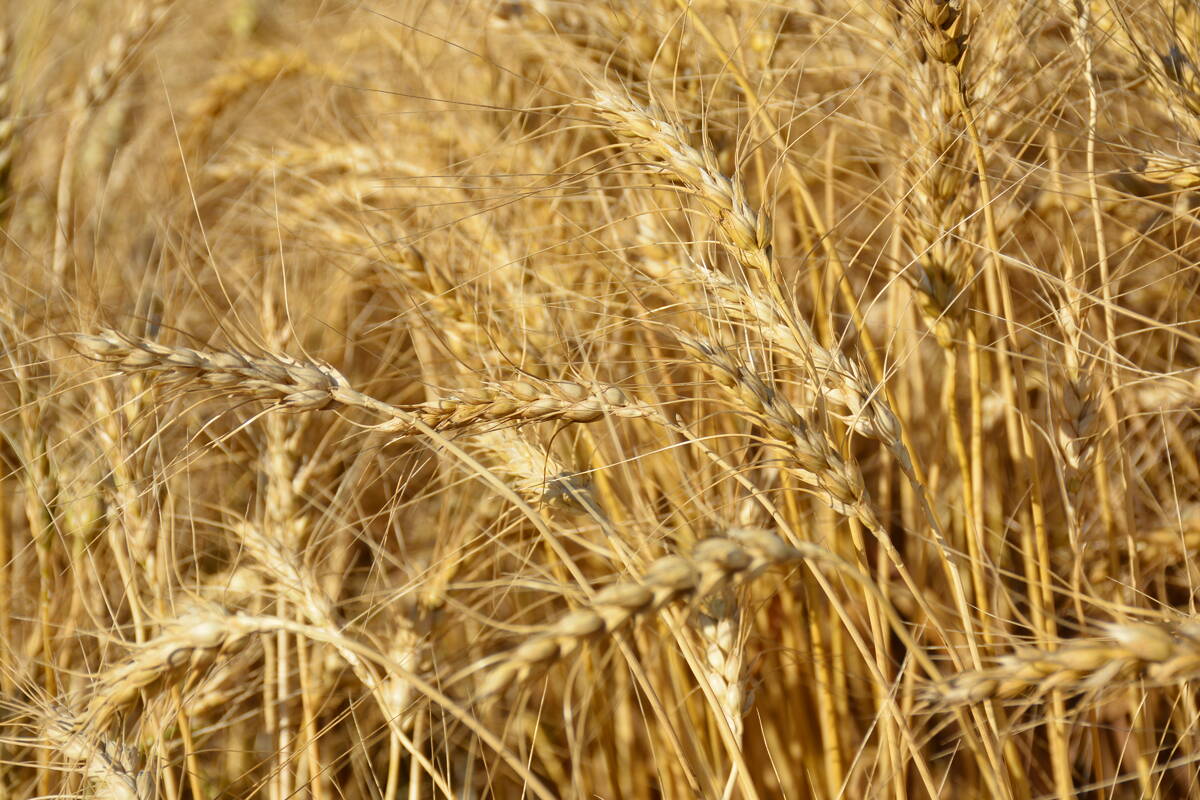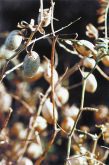A comfortable assumption is propping up today’s crop prices, which farmers should fear and hedge against.
It’s the assumption that the U.S. and world economies are climbing out of recession and that consumer demand will grow in 2009-10 from its present depressed level.
It’s a dangerous assumption because there’s little proof our economic hard times are passing and it makes the supply and demand outlook for 2009-10 look better than it might be. That means there could be a lot more downside to prices if that extra demand does not appear.
Read Also

Large wheat supply pressures prices
World wheat prices are likely to continue falling as more bumper crops are harvested, says Arthur Portier, an anlayst and senior consultant with Argus Media.
The argument that the recession is over is common these days. Everyone’s taking his turn to declare the recession dead.
The Bank of Canada governor announced it last month. U.S. president Barack Obama was reveling in the rebound of the economy last weekend. Every time I turn on Bloomberg TV someone else is declaring the return of Good Times.
But for every indicator that has turned up, others have turned down. Some bulls point to the huge profits that some U.S. investment banks recently ran up as proof that the financial crisis is over and economic activity is picking up.
Bears point to increasing asset writedowns and increasing foreclosure rates at regional banks as proof that another scroll of woe is about to be unsealed and read.
Overwhelmingly, however, the view among professional economists and economic prognosticators is that the worst times are past and the world economy is now recovering. And that view – because it’s held by the mainstream – necessarily becomes the view of government agencies and departments, such as the U. S. Department of Agriculture.
This is where the danger to farmers comes in. The USDA, in its monthly supply and demand report, didn’t do much to raise or lower 2009-10 prices because it found crop production to be close to what the market expected and stuck closely to future demand projections.
Farmers might feel today’s crop prices are terrible, especially considering input prices, but what would happen if we had another leg-down in the stock markets this autumn and consumer demand took another plunge? Anything could do it: bank failures, a resurgence of H1N1, North Korea nuking someone, a revolution in China.
I called Joe Victor of Allendale Inc. in McHenry, Illinois, to ask him whether we weren’t being too complacent about the continuing worldwide consumer demand that we assume will underlie the market for the coming year.
He said his firm is generally accepting what the mainstream economic prognosticators are saying, because Allendale doesn’t do non-agricultural projections and has to rely on the wisdom of people who do that kind of work. As a result, it’s adding the expectations of increased demand to its supply and demand outlook for crops, as USDA has done.
However, the fragility of the economy also has people such as Victor urging caution and extra hedging.
“My biggest concern is what happens if the stock market decides to make a major correction in the month of October,” he said. “If our stock markets and energy markets start to collapse on false hope, we’re going to see the grains pull back as well on falling demand.”
Prices have slumped since a late July-early August rally that seemed to offer the crops the same happiness given to the equity markets since March. However, Victor said prices could fall further if an equity market slump occurs during the American Midwest harvest, when the grain system is jammed with new supplies.
Because almost everything on the Prairies is based on U.S. crop prices, a problem like that would immediately strike on the Canadian side of the border as well.
Victor is urging farmers to sell lots forward and use options to guard against the downside. With options, if the market recovers and a rally ensues, a farmer isn’t locked into prices, making it a safe, if costly, way to hedge a crop.
Many producers assume they’re living through the bottom of the market and don’t need to protect prices, but prices can always drop further – often much further than rational analysis would support – and farmers need to make sure they don’t get caught like many did during the 2008 collapse.
In mid-2008, many farmers accepted market prognosticators’ projections of crop supply shortfalls and coming rallies, didn’t price much and couldn’t turn their perspectives around fast enough to hang onto the rapidly deflating price bubble. They got caught pricing near the bottom of the market.
This year no one’s projecting high crop prices, but they are projecting steady and increasing demand for crops, and that may be this year’s most dangerous assumption.















